Hypodontia and Supernumerary Teeth

WHILE A COMPLETE SET of baby teeth only includes 20 teeth, adults usually end up with between 28 and 32 teeth. Why the range? Well, not everyone gets all four wisdom teeth. Plenty of people don’t get any at all! Many of us who do get wisdom teeth need them removed because we don’t have room for them. However, in rare cases, a person could end up with extra teeth beyond the 32, or they could have fewer than 28!
An Extra Toothy Smile: Supernumerary Teeth
Hyperdontia is a condition where extra teeth (referred to as “supernumerary teeth”) develop in the jaw. This condition is less common with baby teeth than adult teeth, and we don’t fully understand what causes it. A leading theory is that it could be the result of a tooth bud dividing, resulting in two teeth instead of the usual one.
The extra teeth don’t always look like normal teeth. They could be peg or cone shaped, have multiple cusps, or just be lumps of dental tissue. No matter what their shape is, there usually isn’t room for them. They can remain impacted in the gums, where they cause crowding and alignment problems, and if they do manage to erupt, they may still cause these issues.
Gaps: Congenitally Missing Teeth
Hypodontia is a condition where fewer than the full set of teeth develops (not counting wisdom teeth). Like hyperdontia, hypodontia is more common in adult teeth than baby teeth, but it still only affects around 5% of the population. The teeth most likely to be affected are the second lower premolars, followed by the upper lateral incisors, with the upper second premolars coming in third.
Missing incisors or premolars can lead to difficulties with chewing, shifting in the surrounding teeth, bone loss in the jaw, and even loss of the surrounding teeth. The causes of this condition are not well understood, though genetics do play a role. Hypodontia may also occur in conjunction with another genetic disorder like Down syndrome, cleft palate, or ectodermal dysplasia.
Here’s a quick review of the normal set of adult teeth:
Treating Missing and Extra Teeth
Typically, when extra teeth are present and there isn’t room for them, the solution is extraction. The trickier issue to solve is congenitally missing teeth. Each case is different, and the best option for one patient will be different than for another. Sometimes, if the baby tooth hasn’t fallen out, it can simply act as the permanent tooth as long as it stays healthy. Sometimes orthodontic treatment can close the gap between the existing teeth.
The gap can also be widened to make room for removable partial dentures, dental bridges, or even permanent dental implants. Partial dentures can be attached to a retainer or anchored to the surrounding teeth. Bridges are similar, but instead of being removable, they are cemented in place. Implants function like normal teeth, with a post fixed in the jaw bone and a crown that matches the natural teeth on top.
Let Us Check Out Those Teeth!
Regular dental appointments are the best way to catch cases of hypodontia or supernumerary teeth so that we can make a plan for the best way to address the issue. But whether you have the regular number of teeth or not, don’t forget to keep brushing twice a day and flossing daily! If you’d like to know more about these unusual conditions or if you have any concerns about your own dental health, just give us a call!

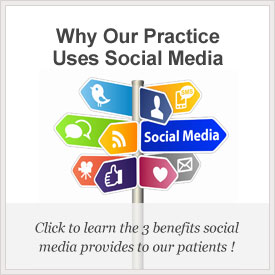





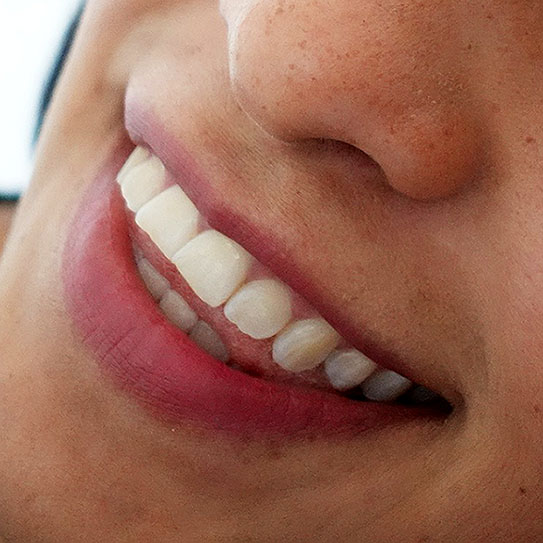


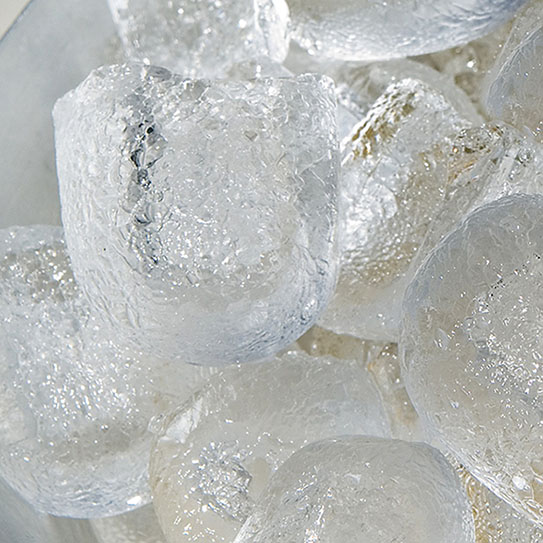

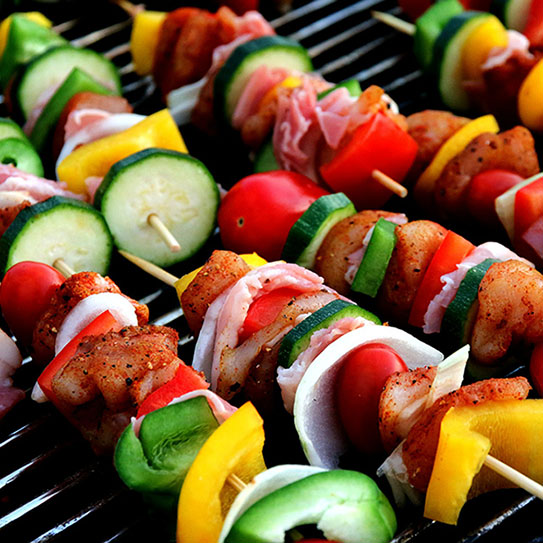

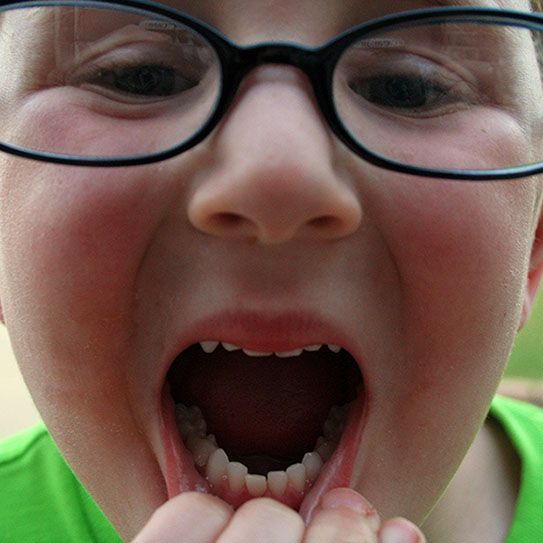

My daughter and I love going to see Dr Aparna Sadineni and her professional staff. We never have to wait and the staff knows us like a second family. I highly recommend this office!